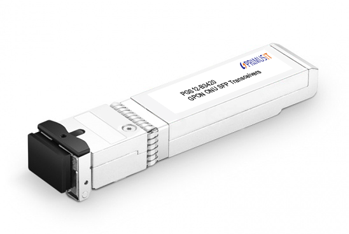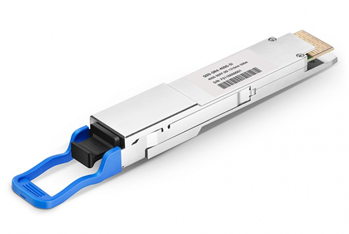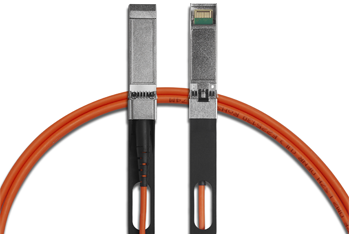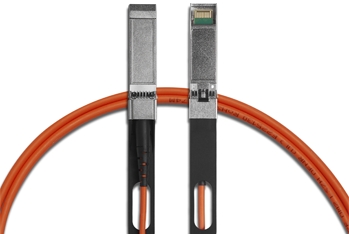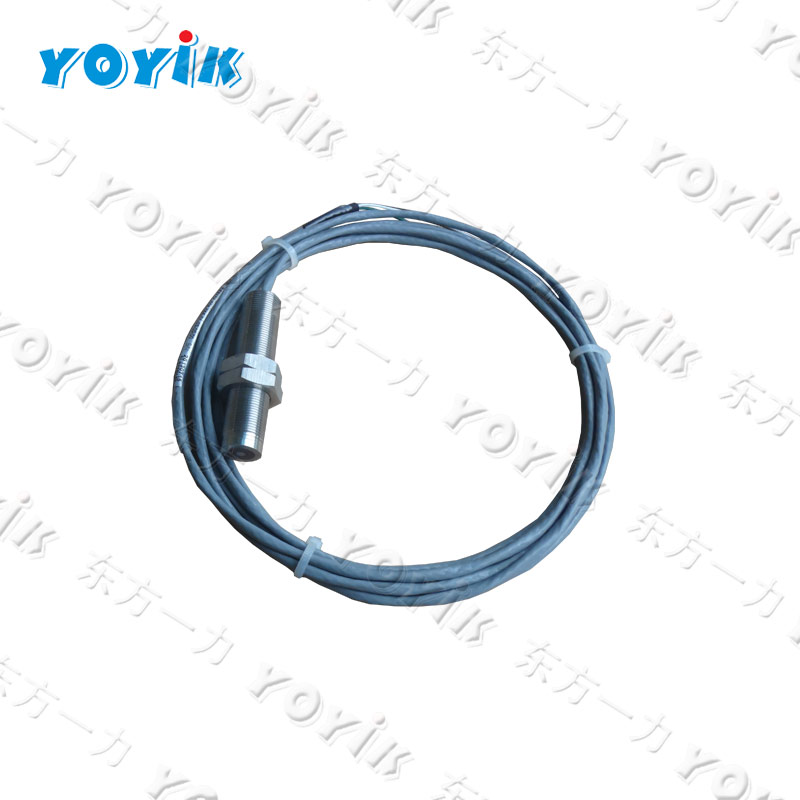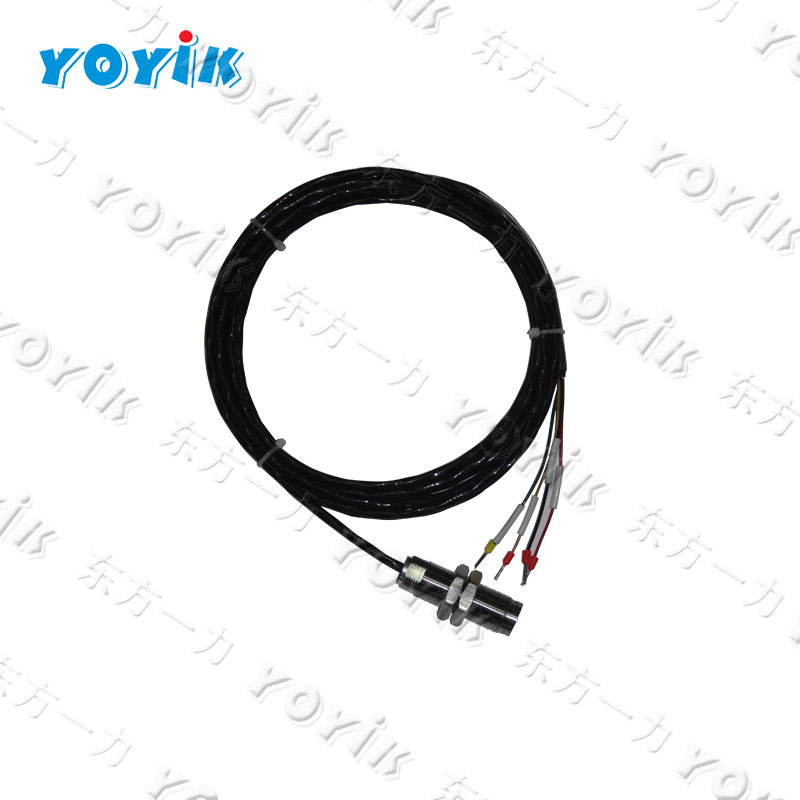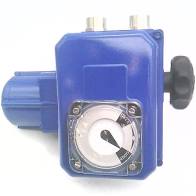GEPON
The non-light source network is a point-to-multipoint optical fiber transmission and access technology. The downlink adopts broadcast mode and the uplink adopts time division multiple access. It can flexibly form trees, stars, bus and other topological structures. Only need to install a simple optical splitter, so it has the advantages of saving optical cable resources, sharing bandwidth resources, saving machine room investment, fast network construction, and low comprehensive network construction costs. Contact Primus IT, a professional gepon routermanufacturer, for the gepon onu router price.
Specifications of GEPON OLT
|
P/N |
Product Description |
Data Sheet |
Data Rate(Gbit/s) |
TX |
RX |
TX_Min(dBm) |
TX_Max(dBm) |
RX_Min(dBm) |
RX_Max(dBm) |
Power Consumption |
Reach |
Temperature(degC) |
|
PES12-B4320 |
Gepon OLT PX20+ SFP |
√ |
DFB 1490nm |
1310nm APD-TIA |
1480nm |
1500nm |
1260nm |
1360nm |
/ |
20km |
0 to +70°C |
GEPON Technology Principle
GEPON(ethernet passive optical network) technology adopts a point to multipoint user network topology and uses optical fiber to realize the purpose of full service access of data, voice and video. However, compared with the previous APON / BPON based on ATM technology, GEPON realizes the transmission of Ethernet frames in user access network, which is very suitable for the transmission of IP services. In addition, due to the current universal construction of IP network, the components based on Ethernet technology have relatively simple structure, high performance and low price, which makes GEPON easier to be commercialized on a large scale compared with other PON technologies; With the rapid development of various services based on IP and the trend of IP convergence of the next generation network, GEPON can be applied to a wider range, and conforms to the development trend of the future network. It has become the most important FTTH technology.
GEPON NetworkApplications
GEPON technology transmits data in the form of IP packets without protocol conversion. It can provide various WAN interfaces and connect with IP network devices. It can provide Gigabit Ethernet interface and provide switching and routing functions of IP network layer 2 and layer 3. It can provide users with data, video and tele network interfaces. Therefore, it can support VOIP voice service, network TV service, VOD on demand service, video conference, teleconference, video and other services. Its characteristics and advantages will provide new opportunities for the development of various new services.
GPON vs. GEPON
The meaning of GEPON is Ethernet Passive Optical Network, which is a new type of optical access network technology. GEPON is produced under the promotion of some equipment manufacturers. It aims to combine the simplest and most widely used Ethernet technology with GPON system to solve the problem of Ethernet access in a point-to-multipoint manner. GEPON technology is relatively simple, high speed and strong scalability. It can transmit signals with strong real-time requirements by sending packet signals, so as to well support TDM services. Through the transformation of GEPON system, packet signals are sent regularly in a similar TDM mode to transmit signals with strong real-time requirements, so as to well support TDM services.
GPON is an operator driven solution. At the initial stage of GPON standard formulation, collect the business requirements of operators in FSAN to form a GSR (GPON business requirements) document, which is numbered g. GPON. GSR as one of the standards submitted to ITU-T. GSR document is the basis for the formation of GPON standard. In order to define a service with higher transmission rate and efficient support for a variety of services, including circuit services, according to the service requirements of operators described in GSR.
Ethernet passive optical network
The advantages of GEPON are mainly reflected in low cost and high performance. GEPON has obvious advantages in networking cost. Only one optical fiber is required between OLT and ODN. Node equipment is not required at the optical branch point. Only a simple optical brancher needs to be installed, which saves a lot of optical cable resources. The signal does not pass through the active equipment in the transmission process, so that the system has high reliability, easy maintenance and low maintenance cost. The system adopts optical passive branching technology. A single fault does not affect the operation of the whole system, with strong anti-interference ability and more stable operation. GEPON manufacturersadopts tree network structure, supports multi-level connection of beam splitter, reasonable collocation of cascade beam splitter and more flexible and easy to use networking mode.
At present, GEPON network technology has been tested and applied at home and abroad. The GPON technology is still not very mature. At present, the publicity at home and abroad is relatively mature. Many manufacturers at home and abroad have launched GEPON solutions, and few manufacturers (about three) say they can provide GPON solutions. Although GPON technology is the optical fiber access technology expected by operators to efficiently integrate various services, the price problem is still the key for operators to be confused about this technology.
If you want to know more about gepon meaning, please visit our website.
As a full-fledged optical transceiver supplierthat has the strongest production power,Primus IThas been dedicated to developing, manufacturing and marketing for optical transceivers. PRIMUS IT has the R&D, production, and processing capabilities of complete products from TO-CAN, OSA to optical transceivers, covering the active modules for transmission and data communications at different rates and in different packages, which are mainly applied and widely used in SDH/SONET, Ethernet, Fibel channels, FTTx, LTE(Telecom) and IDC(Datacom) optical fiber transmission/access system.
Send product request
Other supplier products
| New Released | For a long time, Primus It has been working to solve the bottleneck problem of network bandwidth optical modules through continuous technological i... | |
| GEPON | The non-light source network is a point-to-multipoint optical fiber transmission and access technology. The downlink adopts broadcast mode and the ... | |
| AOC/DAC | AOC/DACWholesale There are mainly three types of DAC/AOC: Passive copper cable, active copper cable and active optical cable. AOC is composed of... | |
| AOC/DAC | There are mainly three types of DAC/AOC: Passive copper cable, active copper cable and active optical cable. AOC is composed of integrated optoelec... | |
| 10G ASYMMETRIC EPON | The asymmetric system only has a downlink rate of 10.3125 Gbit/s, while the uplink rate is still 1.25 Gbit/s. As the first mature next-generation P... |
Same products
| China factory bolts heater 1.2311(4)-φ15X400 for power station | Seller: DONGFANG YOYIK (DEYANG) ENGNIEERING CO; LTD | "China factory bolts heater 1.2311(4)-φ15X400 for power stationDeyang YOYIK have power plant ... | |
| Made in China Pendulum module: 6/315A for thermal power plant | Seller: DONGFANG YOYIK (DEYANG) ENGNIEERING CO; LTD | "Made in China Pendulum module: 6/315A for thermal power plantYOYIK professional production and p... | |
| "China supplier Power supply module 6/360A power plant spare parts | Seller: DONGFANG YOYIK (DEYANG) ENGNIEERING CO; LTD | "China supplier Power supply module 6/360A power plant spare partsIs a spare part for power plant... | |
| Honeywell Actuator ML7420A6033-E | Seller: O AND K GROUP | Okmarts supplies all types of Actuator.Azbil Actuator, BEIER Actuator, Belimo Actuator, BER... | |
| CAT Fuel Water Separator 441-5111 | Seller: O AND K GROUP | O&K Group supplies all type of SMC Water Separator.All the brands we can provide of Wat... |









